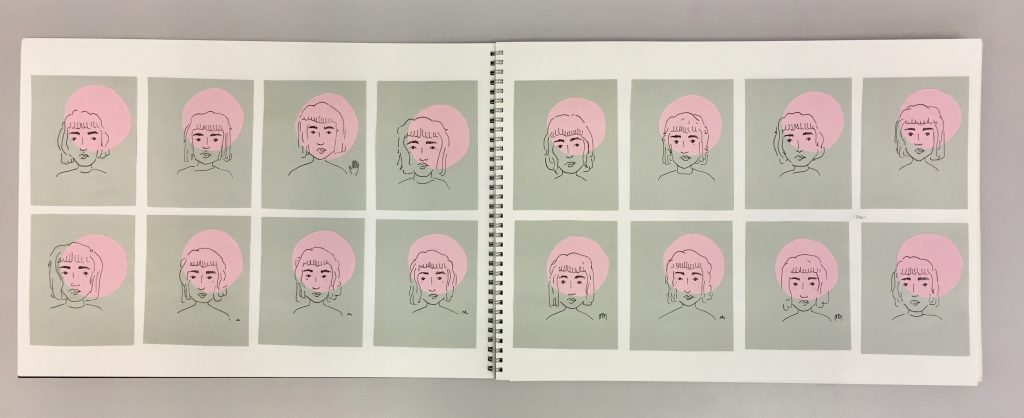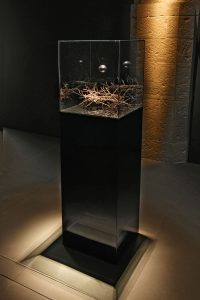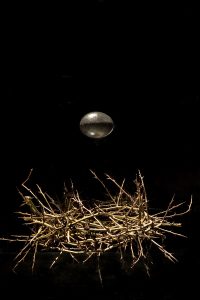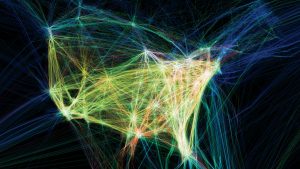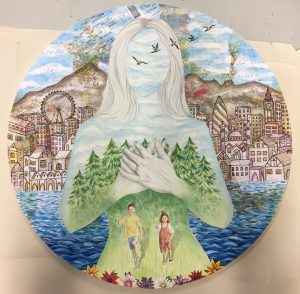The Descent of Man – Greyson Perry
‘The descent of man’ by Grayson Perry is an overlook at the idea of masculinity and how it effects the way that our society is run. From the start Perry discusses the idea of holding back emotions and channelling them through anger and the brutish nature that a stereotypical man would show off; this one way discussion throughout the entire book gives and insight into the particular views of the author yet are somehow made to appear as though they are fact, due to the fact that the book itself has been written from the perspective of a male.
In relation to the idea of clothing Grayson Perry discusses how the use of suits and ties symbolise power and wealth; “With their colourful textile phalluses hanging round their necks” this quotation gives an air of resentment about it, as Perry seems to be disgruntled with the idea of how such a small community of people can dominate the rest and carry most of the highest paid jobs even though they only represent a small proportion of the population, along with how the majority are white men not allowing for minorities to have the same roles. The tone of this carries on throughout the book covering various different topics such as emotions, stereotypes and mens rights giving a negative but constructive idea of the society we live in today.

